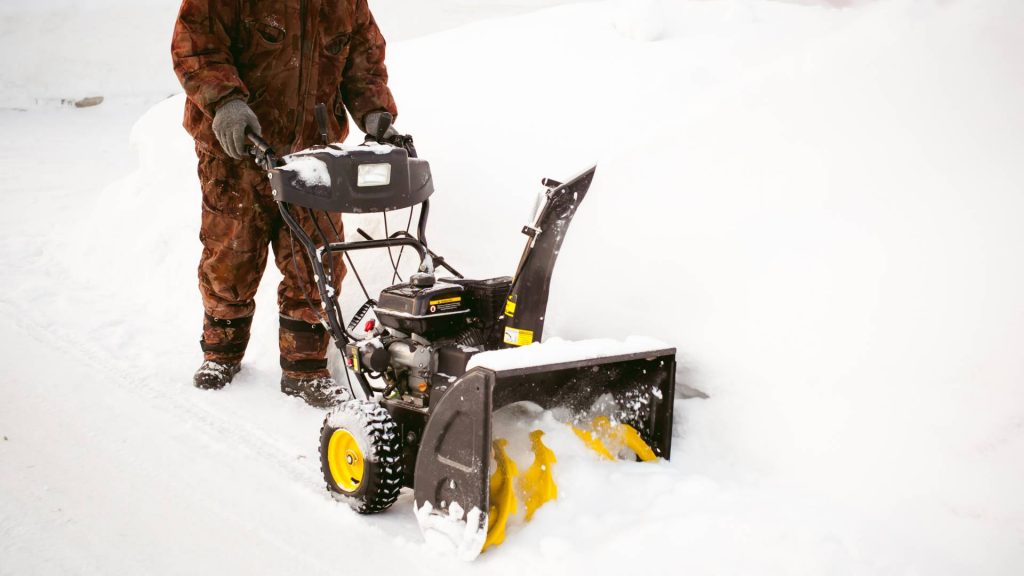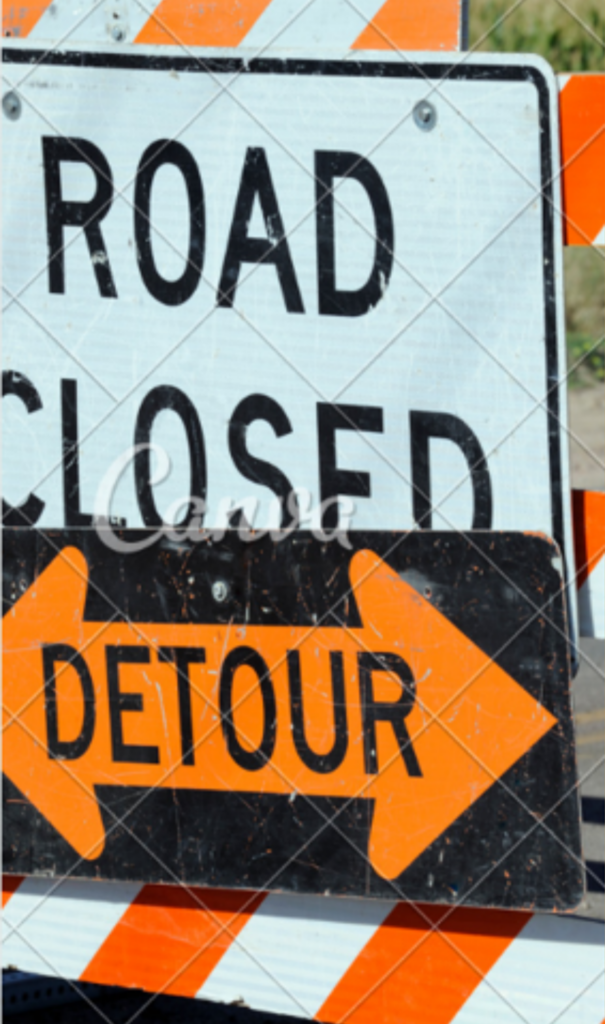7 Safety Recommendations for a Clogged Snow Blower
As winter presents itself, experts are predicting snow accumulation for the weekend!
Snow removal can be tedious and hard on the body but a necessary chore when snow arrives. Unfortunately, various hand and upper extremity injuries occur from slips and falls, such as upper extremity joint strains and tendon ruptures and fractures. Other hand injuries also happen due to the heavy manual laboring associated with snow removal and from snow blowing.
due to the heavy manual laboring associated with snow removal and from snow blowing.
Wet, heavy snow is often problematic; injuries can be more severe and snow blowers tend to clog more often. When the snow clogs the exit chute or the blades, it can jam the blades, causing problems completing the task at hand. The following safety recommendations are designed to help keep you safe when blowing snow during the winter months.
Safety recommendations for a clogged snow blower:
- Immediately turn off the machine.
- Disengage the clutch.
- Wait 5-10 seconds after shutting off the machine to allow all moving parts to stop before attempting to address the problem.
- NEVER put your hands down the chute or around the blades.
- ALWAYS use a sturdy stick or broom to clear impacted snow.
- Keep all shields in place. Do not remove any safety devices on the machine.
- Keep a clear head, concentrate and do not drink alcohol before using a snow blower.
When a snow blower clogs, the moving parts abruptly stop. This causes the blades to build up and store tension like a spring. When the clog is cleared and the tension is released, the blades engage in a forward movement, causing severe damage to hands and fingers if used to unclog the machine.
Never use your hands to unclog a snow blower and always use safety precautions to avoid unnecessary injury while clearing snow this winter!
